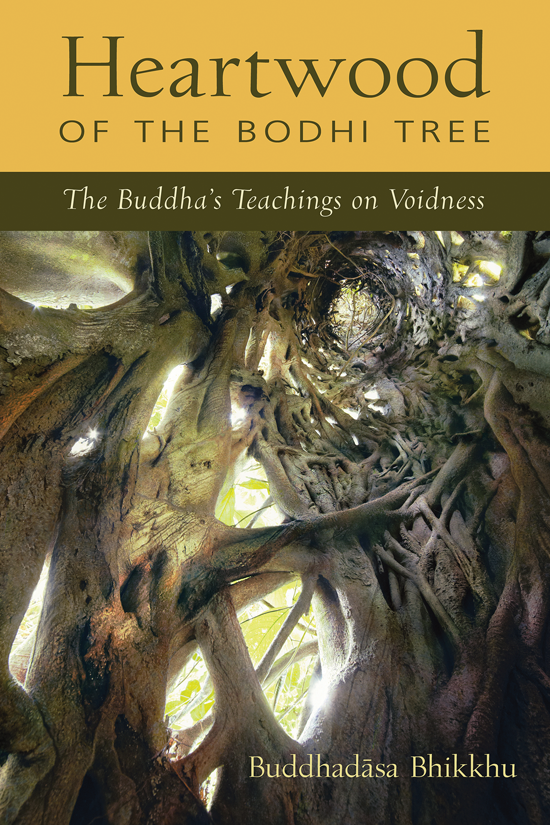
In Search of the Christian Buddha: How an Asian Sage Became a Medieval Saint (W. W. Norton, April 2014, $24.95, 224 pp., cloth), by Donald S. Lopez, Jr. and Peggy McCracken, traces the Buddha’s story as it came to be rewritten by Muslim, Jewish, and Christian authors. As the tale was translated from Sanskrit (or another Indian language) into Middle Persian, then into Arabic, then by the Christians into Georgian and, not long after, into Greek, its most salient cross-cultural tropes—prophecy of a prince’s future, encounter with the world beyond the palace walls, and renunciation of worldly pleasures—were reinterpreted according to each author’s religion and cultural concerns. The various iterations, therefore, offered very different lessons. The Arabic version, Bilawhar and Budasf, championed asceticism, which the Buddha had rejected. But that interpretation resonated with the Georgian monks of Palestine, who rewrote the tale as a triumph of Christian monasticism over an idolatrous king, in what would become the story of the Saints Baarlaam and Josaphat. Once translated into Latin, the language shared by clerics across Europe, the story was rendered in virtually every European language, and elements of the Christian narrative crept into writing as far removed as the story of the Three Caskets, a theme in Shakespeare’s The Merchant of Venice and later the subject of an essay by Freud. But all these authors and translators remained unaware of the original tale or its existence in other religions—traditions with which they often vehemently and violently disagreed.
As Lopez and McCracken, both University of Michigan professors, point out, many elements of the Buddha’s story as it was passed down were, in fact, added centuries after the Buddha’s death. So what we understand to be the original story of the Buddha is actually a composite formed over centuries, revised and elaborated as it spread across lands and epochs.
The many versions of the legend point not to a singular or universal religious truth, assert Lopez and McCracken, but to “the power of story itself.”

For a different perspective on congruence between Buddhism and other traditions, we might look to Buddhadasa Bhikkhu (1906–1993), arguably the most influential Thai Buddhist scholar of the last century. “Christianity and Buddhism are both universal religions,” he stated in a lecture at a theological seminary in Chiang Mai. “Devotion to a religion . . . leads to a realization of the universality and unity of all religions.” Religious scholar Donald Swearer, in a new foreword toHeartwood of the Bodhi Tree: The Buddha’s Teaching on Voidness(Wisdom Publications, April 2014, $16.95, 184 pp., paper), a reprint of the English edition of Buddhadasa’s Kaen Buddhasat, ascribes to Buddhadasa a “conviction that nonattachment lies at the heart of Buddhism and all religions.”
For Buddhadasa, the epitome of nonclinging was sunnata, or “voidness”: the Buddha spoke of “no other matter, either directly or indirectly,” Buddhadasa asserts. In what began as three dhamma talks given in Bangkok in 1961 and 1962, Buddhadasa explains sunnata in a way that is as approachable as it is profound: “The matter of ‘I’ and ‘mine,’ is the one thing that must be purged completely.” Voidness is not just emptiness of self: it is the theory, the practice, and the fruits of practice.
Conservative Thai Buddhists attacked Buddhadasa for teaching sunnata, claiming it was a Mahayana concept, not Buddhism. He countered that he taught Buddhayana, the vehicle of awakening. Indeed, in his analysis of sunnata—the “heartwood” of the title—Buddhadasa provides a thumbnail sketch of the entire dhamma.

“This is the story of a love affair, a love affair not with a person but with a place—a place that is present here and now and yet, paradoxically, cannot be localized.” So begins Recovering Place: Reflections on Stone Hill (Columbia University Press, February 2014, $35, 176 pp., 100 color photographs, cloth), a collection of brief meditations and photographs that Mark C. Taylor, chair of Columbia University’s Department of Religion, calls his most ambitious experiment yet. In this third installment of a trilogy on the interplay between religion and culture that began withRefiguring the Spiritual (2012) and Rewiring the Real (2014), Taylor lays down, in beautiful prose, a case for the importance of place amid the alienating forces of “globalization, virtualization, and cellularization . . . and the eclipse of what once seemed real.” Photographs of Taylor’s sculpture, land art, and their environs in the Berkshire mountains of western Massachusetts accompany more than 100 aphoristic reflections on subjects as varied as mobility, art, folly, flesh, ghosts, complacency, revelation, and snow. In recovering not only place but also philosophy from what he regards as an overcommitment to “scientific” style, Taylor continues in a line of thinkers, writers, and artists who have sought to overcome the alienation created by industrial capitalism through the imagination—“the means by which self, society, and world can be effectively transformed.”
Taking a broad view of religion, Taylor considers those religious elements that pervade all aspects of society and culture. Despite associations with deconstruction and other abstruse methodologies routinely criticized for their impenetrability, Taylor succeeds in making some of the most profound 20th-century thought accessible, even welcoming. Inscribed in Taylor’s penetrating observations is the attention inherent in his own awakening to a sense of place. “What you think is in large measure a function of where you think,” he concludes. “Responsible reflection cannot be rushed—it requires the patience to linger, to listen, perhaps even to languish. I am beginning to realize that I returned to Stone Hill to learn how to die and, by learning how to die, learn how to live anew.”
Thank you for subscribing to Tricycle! As a nonprofit, we depend on readers like you to keep Buddhist teachings and practices widely available.